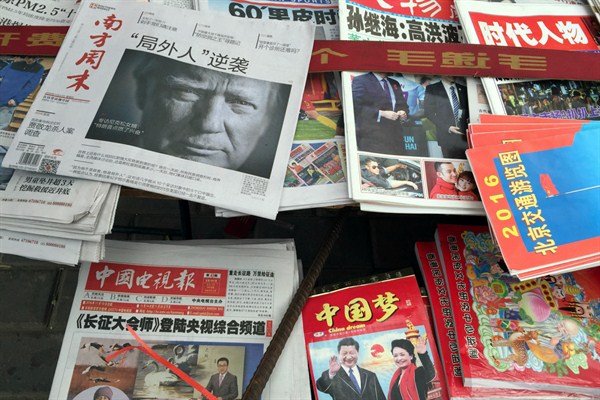No matter who was elected president on Nov. 8, there was going to be a pause in U.S. trade policy. During the campaign, neither Hillary Clinton nor Donald Trump supported the Trans-Pacific Partnership (TPP) negotiated and signed by President Barack Obama. But Trump said he would go much further, threatening to impose new tariffs of up to 45 percent on Chinese imports over Beijing’s currency manipulation and other unfair trade practices, while promising to withdraw from trade agreements that are not renegotiated to his satisfaction.
As with other issues, there is uncertainty about what Trump will actually do once in office. There is additional uncertainty with trade regarding what he can do without the cooperation of Congress. Since the Smoot-Hawley Act of 1930 helped to drive the world deeper into depression in the 1930s, Congress has delegated much of its constitutionally derived power over trade to the executive branch. But there are still limits to the president’s trade powers, and prominent trade lawyers remain divided on how far Trump could go on trade.
So what do we know? Trump will enjoy “trade promotion authority” (TPA) for his first 18 months in office, thanks to legislation passed by Congress in 2015 to make it easier for the president to negotiate trade deals and move them through Congress—not that he is likely to use it, given his campaign rhetoric. On the other hand, the new administration could be more aggressive in using standing authority to respond to allegedly unfair trade in particular sectors, such as steel, with new barriers. More extreme measures to withdraw from existing trade agreements or launch wide-ranging trade wars are less likely because of a range of economic and political constraints.

